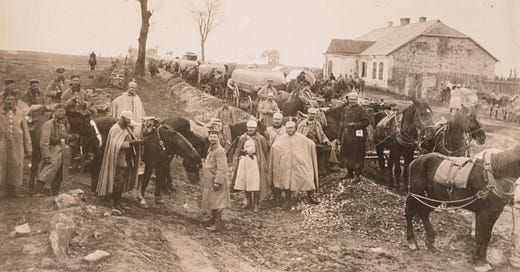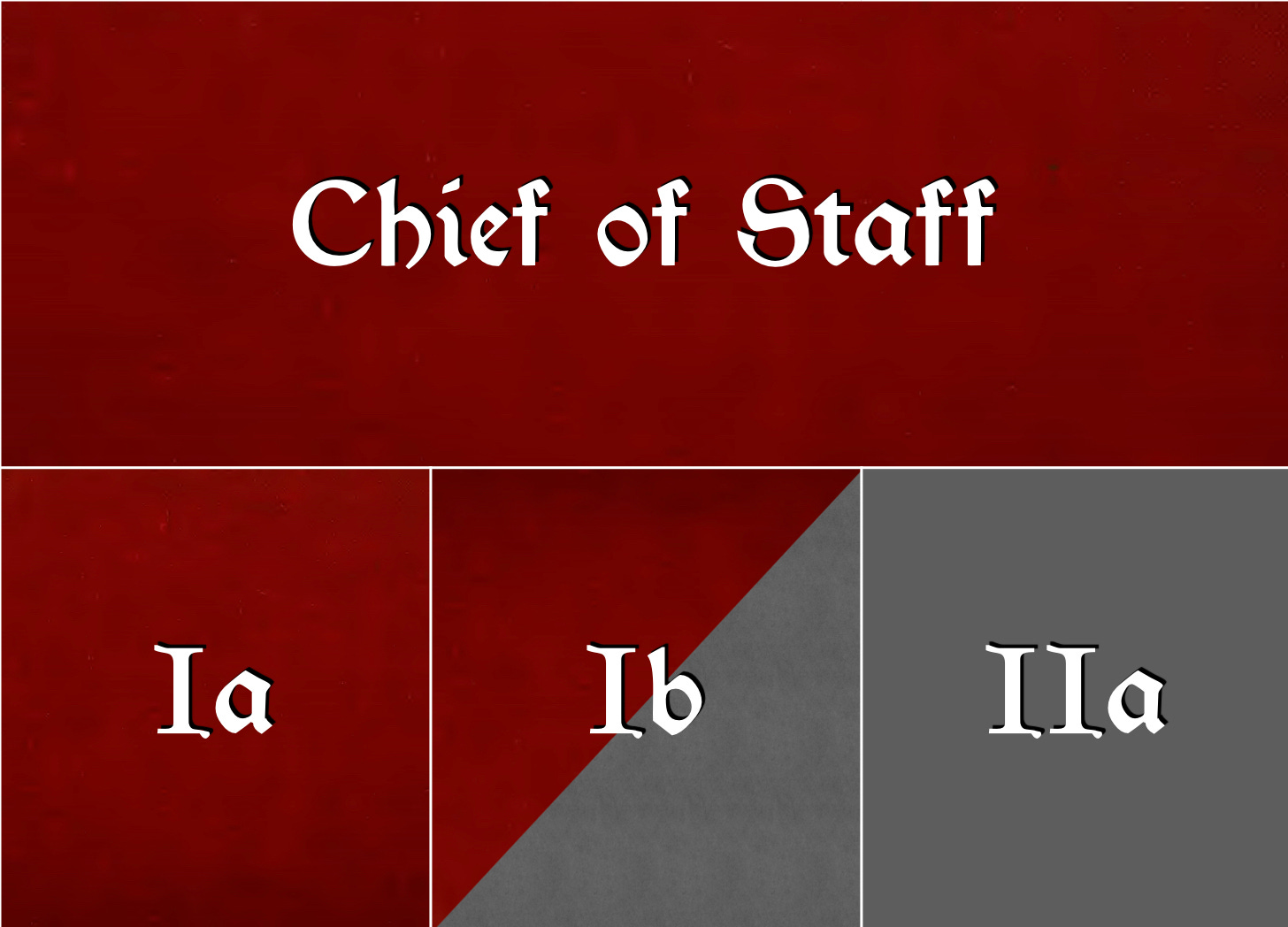The Supply Section of the Staff of an Ideal Infantry Division
As seen by an American officer at the Kriegsakademie (1938)
On the eve of the Second World War, Captain Albert Coady Wedemeyer of the US Army attended the Kriegsakademie in Berlin. Soon after completing, in July of 1938, the two-year course for future officers of the German General Staff, he submitted a pair of reports. The first of these provided a précis of the approach that the German Army took to tactics, leadership, and organization. The second described, in considerable detail, Captain Wedemeyer’s observations of the curriculum he had followed.
In his second report, Captain Wedemeyer described the internal workings of the staff of an infantry division. However, as most of this took the form of short notes laid out on a table, present-day readers may find it hard to make sense of the organization depicted. With that in mind, I have repackaged the information in, what I hope will be, a somewhat less cryptic form.
The staff of the ideal infantry division employed in exercises at the Kriegsakademie consisted of three major sections. One, the Ia, focused all of its attention on operational matters. Another, the IIa, dealt entirely with administration. The third, known as Ib, worked along the frontier where higher purpose met pedestrian routine.
The senior logistics officer of the division staff was a fully-fledged member of the General Staff. Nonetheless, none of the three officers who led the specialized sub-sections of the logistics section of the division staff enjoyed that status. Rather, each of those officers - the Intendant (IVa), the medical officer (IVb), and the veterinarian (IVc) - belonged to a peculiar branch of the German Army.
The Indendant (whom Captain Wedemeyer describes as the ‘superintendent’) dealt with the acquisition, movement, and distribution of supplies of various sorts. As fodder for horses and food for men represented the great bulk of such material, much of his work involved the procurement of such things in the theater of operations. To this end, his principal assistant, known as Ordinance Officer 2 [Ordonnanz Offizier 2] was supposed to be a qualified interpreter. (Unfortunately, Wedemeyer tells us nothing about the language - or languages - the interpreter was supposed to have mastered. Geography suggests, however, that half would have studied French and half either Polish or Czechoslovak.)1
The Indendant also enjoyed the services of a pair of paymasters. Like the accountants of the administrative (IIa), these were neither officers nor enlisted men, but ‘Armed Forces officials’ [Wehrmachtbeamte]. However, rather than dealing with pay for uniformed personnel, these money men seem to have been concerned with paying for the fruits of farm and field, and, I presume, anything else, whether labor or building materials, obtained from local suppliers.
For Further Reading:
I fully realize that most contemporary authorities consider Czech and Slovak to be separate languages. However, in the 1930s, the government of Czechoslovakia treated the two vernaculars as branches of the same tongue.










So were these Beamter considered civilians?